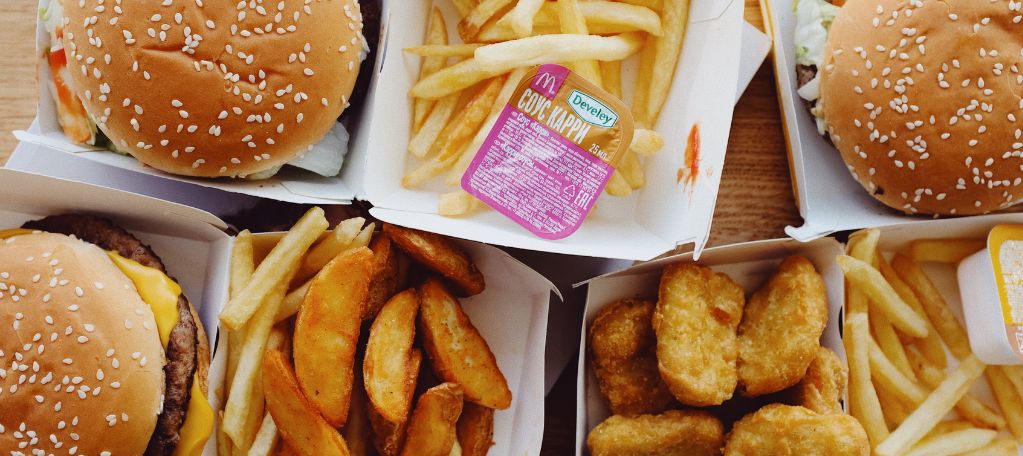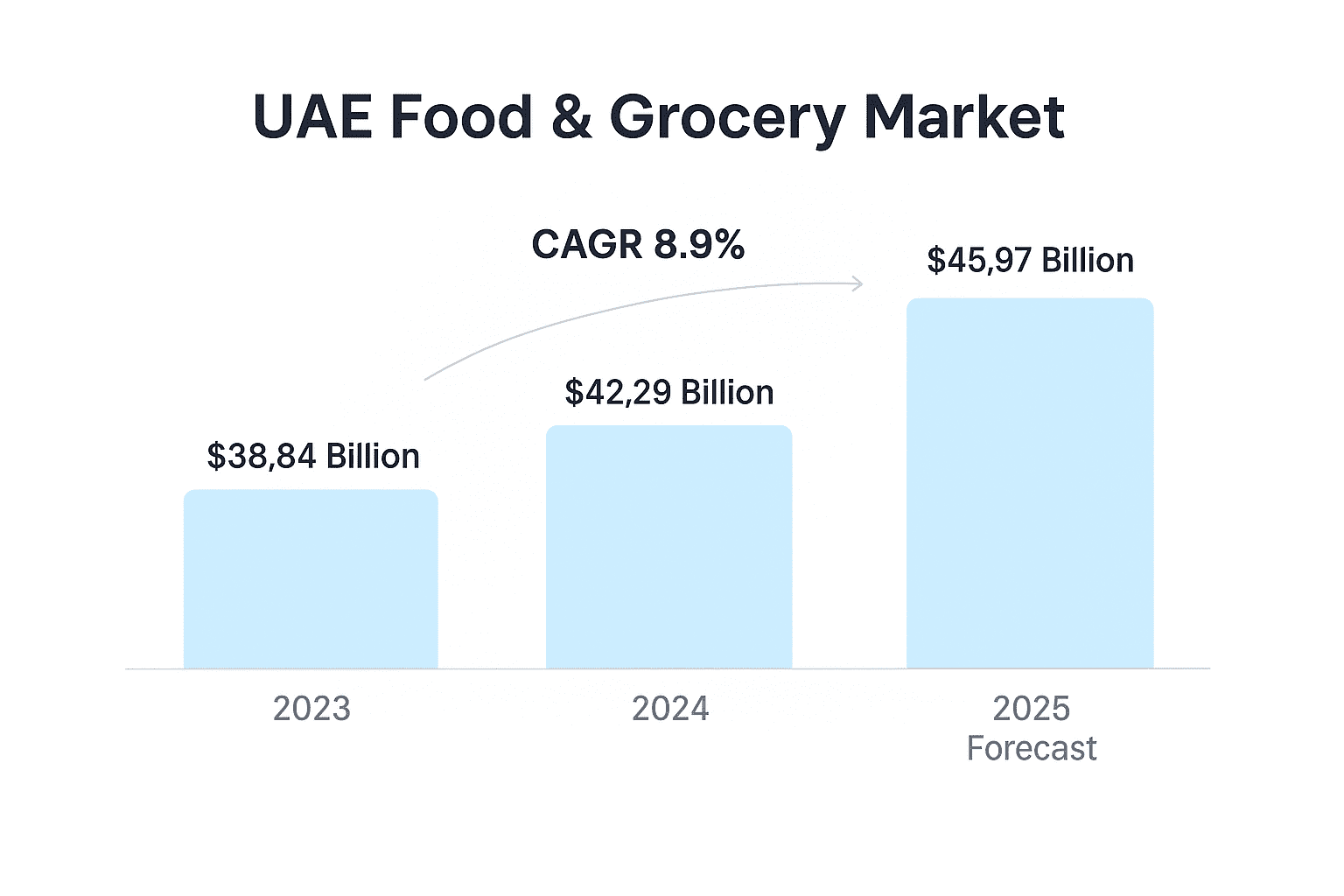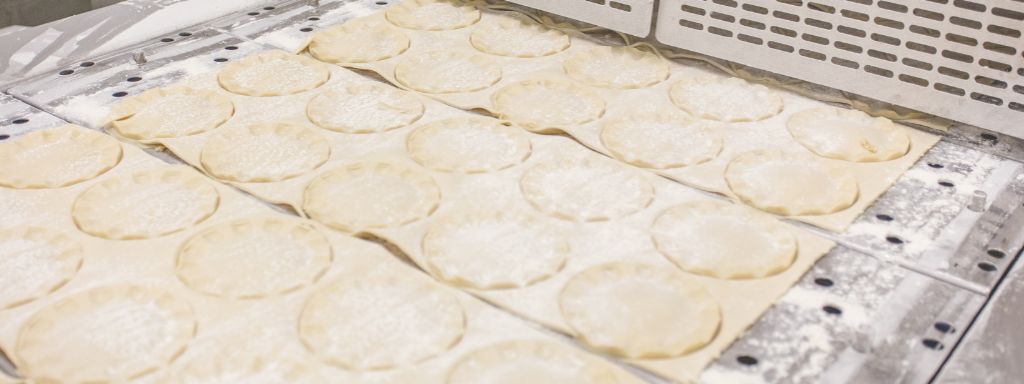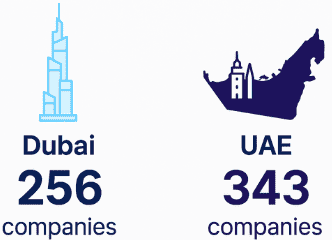UAE Food Industry Market Landscape
The UAE’s food industry is changing so fast today. From global culinary trends and tech-driven farming to the rise of health- and green-conscious consumers, the market is shifting in ways that create almost unlimited opportunities for investors, entrepreneurs, and policymakers. Dubai’s rapidly developing foodservice and HoReCa landscape, Abu Dhabi’s multiple tech and innovation hubs, and the country’s growing local production efforts are shaping a sector that’s both competitive and full of promise.
In this article, we’ll explore the UAE food industry market research, latest trends, UAE market size assessments and estimates, and emerging opportunities — insights that can help to guide feasibility studies, investment strategies, and long-term business planning.

FoodTech Market Research Feasibility Study
1. Food Retail & Processing
The UAE’s food and grocery retail market hit USD 38.84 billion in 2023. E-commerce, which once made up only a small slice of the sector, is now valued at USD 1.08 billion in 2024 — and growing quickly.
Government-backed food security programs are encouraging more local production, from fresh produce to packaged goods. These initiatives are aiming to reduce reliance on imports and build resilience against supply chain disruptions.
2. Foodservice Sector
The foodservice sector in the UAE is enjoying one of its strongest growth phases. Estimates vary — some put the market at USD 12.40 billion in 2024 with a CAGR of 9.7%, while others forecast USD 16.58 billion in 2024 growing to USD 50.21 billion by 2033 (12.2% CAGR).
Behind the numbers are changes in lifestyle. Residents are dining out more often. Tourists are searching for unique food experiences. Delivery platforms are expanding into every neighborhood.
UAE Food Industry Market Size & Growth by Segment (2024–2033)
| Segment | 2024 Market Size (USD Billion) | Projected 2033 Market Size (USD Billion) | CAGR (%) |
| Food & Grocery Retail | 38.84 | 56.00 | 4.1 |
| Foodservice | 16.58 | 50.21 | 12.2 |
| Food Technology | 4.75 | 8.90 | 9.4 |
| Vertical Farming | 0.68* | 1.25* | 7.2 |
*Vertical farming figures are based on UAE agritech projects announced through 2025.
Key Insight: The UAE’s food industry market research shows robust growth across all segments, with foodservice leading in CAGR due to delivery platforms, cloud kitchens, and premium dining demand.

3. Food Technology or FoodTech
Valued at USD 4.75 billion in 2023, the UAE’s food technology market is expected to reach USD 8.90 billion by 2030. This covers everything from AI-driven supply chain management to vertical farms that grow crops all year with minimal water use.
Food Tech Companies in the UAE
- In Dubai alone, the food-tech sector includes 256 companies , of which 45 are funded, raising a collective USD 1.02 billion .
- Nationwide across the UAE , there are 343 food-tech companies , with 48 having secured funding; 15 have reached Series A or higher, and 11 have progressed to Series B.
Online Food Delivery Services in the UAE
- The online food delivery market was valued at USD 720.7 million in 2024 , and it’s expected to grow to USD 1,799.1 million by 2033 , at a CAGR of 10.2% .
- Another report estimates the online food delivery services market at a much higher USD 9,267.3 million in 2024 , projected to reach USD 14,533.3 million by 2030 , attaining a CAGR of 8.3% .
While these figures show market size instead of the number of companies, they highlight the sectors fast growth.
A recent list highlights of key food delivery apps in Dubai and the UAE, include:
-
- Talabat
- Deliveroo
- Careem NOW
- Zomato
- EatEasy
- Carriage
A broader Middle East report lists leading delivery platforms serving the UAE, such as Talabat, Deliveroo, Careem Now, Zomato, plus regional players like Ngwah, AlShrouq Express, Meals on Me, Tawseel, and Supermeal.
Summary Snapshot: FoodTech UAE 2025
| Category | Approximate Number or Notable Players |
| Food-tech companies (UAE) | ~343 (48 funded, 15 Series A+, 11 Series B) |
| Food-tech in Dubai | ~256 (45 funded) |
| Major delivery platforms | ~6–10 prominent names (e.g., Talabat, Deliveroo, Careem Now, Zomato, EatEasy, Carriage, Ngwah, etc.) |
Market Drivers & Innovations
Tourism & Culinary Diversity
Tourism fuels demand for premium dining, niche cuisines, and experiential food concepts. A visitor to Dubai might dine at a Michelin-starred restaurant one night and order Emirati street food via a delivery app the next.
Agritech & Sustainability
Large-scale investments, like the USD 680 million vertical farming joint venture between US-based Plenty and UAE’s Mawarid, are reshaping domestic agriculture. These projects are not only about sustainability but also about creating new high-tech jobs and reducing import dependency.
Consumer Trends
Shoppers are increasingly reaching for plant-based, organic, and functional foods — categories that once occupied specialty shelves but are now going mainstream.
Government Initiatives
Campaigns like Make it in the Emirates are encouraging more local manufacturing in food processing, packaging, and distribution. This effort supports both established brands and startups.
How to Do Market Research on the Fast Food Industry

Food Industry Market Research
If you have an idea of a food industry business, for example, a coffee-shop or delivery app for fast food restaurants, you should always start with market analysis. Performing market research in the fast food sector starts with defining the scope and the depth.
First, you have to define if you want to focus on a specific cuisine, service model, or geographic area. Let’s say you want your analysis to be focused mainly on the UAE. So by this you will narrow down the list of resources that you will need to use (and will not include also).
Second, gather data available in the open sources – government websites, industry reports, industrial statistics, and trade and media publications. This will help you understand market size, growth rates, and consumer trends. If you are not sure in figures you got, you can always find ready-made market reports or official data from paid data bases (ideally Statista, Euromonitor International etc) and double check the numbers. Third, you need to decide if this data is enough for you or not.
Usually, secondary data enough to understand the market growth and some of the market trends. In case you need more reliable and deep information to take business decisions, should need to conduct primary research: surveys, interviews, or observational studies to understand real customer preferences, peak hours, and spending habits. Study competitors’ menus, prices, and marketing strategies. Additionally, assess possible locations and delivery options. Bringing these insights together will provide a clear picture of demand, competition, and opportunities for differentiation.
You can do this yourself or request from local research companies like Accurate ME.
Feasibility Study Framework for Food Industry Projects in the UAE
A tailored feasibility study is the best way to assess opportunities in the UAE’s food sector. A thorough analysis should include:
- Market Analysis: Understand the size, growth rate, and competitive dynamics in retail, foodservice, and technology.
- Demand Forecasting: Consider tourism trends, population growth, and household income data.
- Financial Modeling: Estimate capital expenditures, operating expenses, return on investment, and test different scenarios.
- Regulatory Review: Understand UAE food safety, labeling, and import/export laws, supply chain.
- Risk & Sustainability Assessment: Account for supply chain risks, environmental impacts, and scalability of operations.
Sector-Specific Insights:
- Retail & E-commerce: Demand for convenient, premium, and health-focused products is climbing.
- Foodservice: Cloud kitchens, quick-service restaurants, and immersive dining experiences are taking a larger share of the market.
- Food Technology: Growth in vertical farming, blockchain traceability, and AI-driven logistics is creating new investment channels.
- Processing & Manufacturing: Government incentives make domestic production increasingly competitive with imports.
Conclusion & Next Steps
The food industry market research in the UAE shows a sector ready for strong growth, backed by tourism, innovation, and government policy. Whether you’re looking into food retail, hospitality, manufacturing, or agritech, a specific feasibility study can lower investment risks and find profitable opportunities.
Accurate Middle East focuses on providing detailed market research and feasibility studies for the UAE and Saudi Arabia food industry. This helps clients make informed and strategic decisions. Contact us via WhatsApp or by phone in the UAE +971 50 599 5603. You can also request a callback or a free consultation by clicking the button below or filling out the brief for market research to receive a proposal within 24 hours.
Contact us today to discuss your food industry project in the UAE.
 | |
Author: | |
| Dr. Elena Zhukovskaya Senior Consultant, Partner | |
| 20+ years of experience in market research, business management, investor relations, and brand communications across the UAE, KSA, and GCC. Author of 50+ publications and a regular speaker at leading business events in the region. |
Related Article: Market Entry for Product UAE & KSA
Thinking about launching your product in the UAE or Saudi Arabia? The process can be complex — from regulations and pricing to choosing the right local partners. Our latest article breaks it all down into a clear, actionable roadmap. Discover every step you need to take to successfully introduce your brand to GCC markets in
-> Market Entry for Product UAE & KSA: A Step-by-Step Guide to Product Launches




